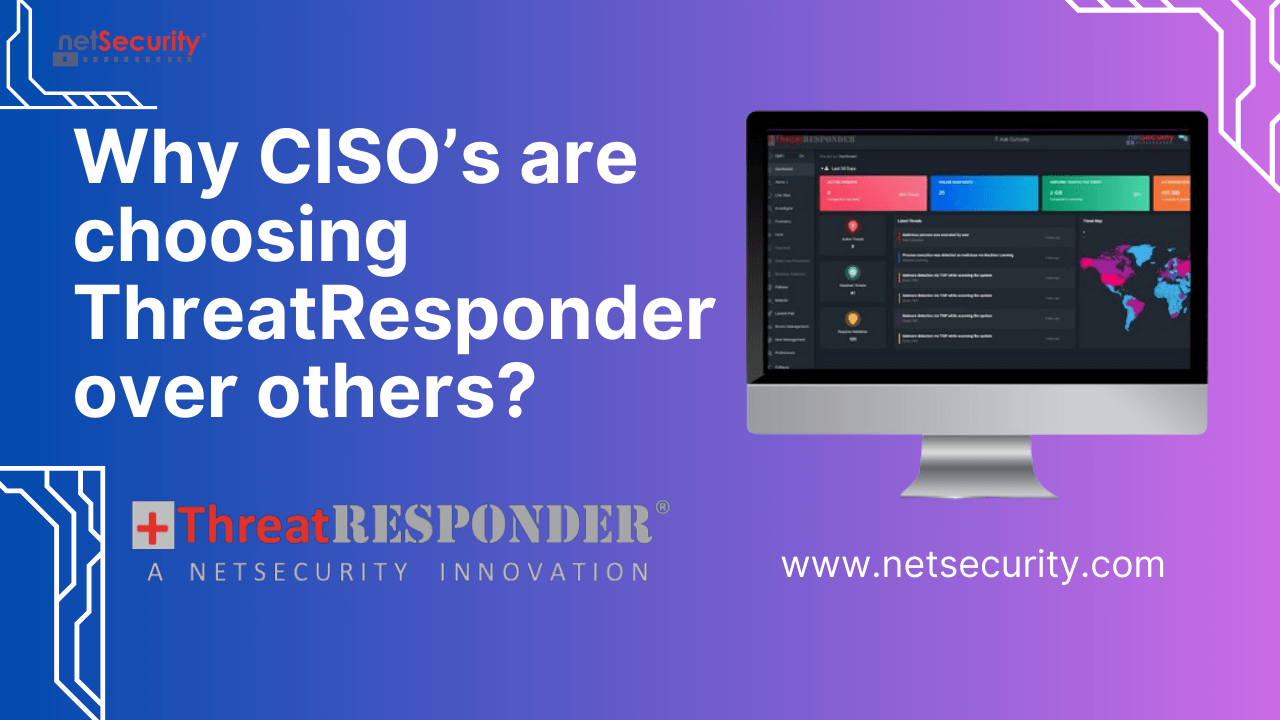Why is Blue Teaming Important For Improved Cyber Security?
What is Blue Teaming?
Blue teams are responsible for assessing organizational security posture and defending the company from cyber threats. They are considered the watchdogs of the organization. Blue Teaming is an activity that involves a blue team and red team where the blue team aims to defend and thwart red team attacks as the red team in an organization plays the role of an attacker by identifying security gaps and launching attacks in a controlled environment. If the red team is playing offense, then the blue team is on defense. Both teams work together to illuminate the actual state of an organization’s security.
The blue team’s primary task is detecting and defending from cyber threats. The blue team will detect and neutralize more sophisticated attacks and closely monitor current and emerging threats to defend the organization. Typically, the blue team is a group of security experts with an insider perspective on the organization. Their primary responsibility is to protect the organization’s critical assets against threats. This group is well versed in the organization’s security strategy and business objectives. So, they aim to strengthen the castle walls to prevent intruders from compromising these defenses.
Blue teaming involves estimating risk, determining how to protect data and training staff. A specialist monitors the system, analyzes traffic, and scans for suspicious activity. Therefore, they have a defensive plan that helps improve incident response.
What are Blue Team’s Responsibilities?
A blue team’s role is to thwart these attacks and expose red team activity. The blue teams analyze and evaluate operational network security and provide mitigation tools and techniques to assist organizations in gauging their defenses. They can also prepare for red team attacks.
The blue team gathers data, documents precisely what needs to be protected and conducts a risk assessment. This process often begins with a detailed analysis of the organization’s current security posture. This includes introducing more robust password policies and educating employees to understand and adhere to the system’s security procedures. As a result, the company tightens access to the system in several ways. Blue teams may employ intelligence and technical approaches to detect and thwart red team incursions.
The objectives and responsibilities of the blue team are as follows:
- The task involves identifying the command and control (C&C) or command and control (C2) servers of the red team/threat actors and blocking their access to the target.
- Identifying suspicious traffic patterns and indicators of compromise.
- Eliminating any form of compromise as quickly as possible.
- Being aware of every phase of an incident and responding appropriately.
- Analyzing and conducting forensic testing on the different operating systems used by their organizations, including third-party systems.
The blue team is also responsible for monitoring breaches and responding when they occur. Among these responsibilities are:
- Digital footprint analysis
- DNS audits
- Setting up firewalls and endpoint security software
- Observing network activity
- Applying least-privilege access
In addition, the blue team employs the following methods:
- Analyze new threat intelligence information and prioritize actions based on risk context.
- Conducting traffic and data flow analysis.
- Examining and analyzing log data.
- Implement a real-time SIEM platform to monitor and detect live intrusions and triage alarms.
Why is Blue Teaming Important to Enhance Your Cyber Security?
A blue team is concerned with high-level threats and is committed to continuously improving detection and response techniques. Using the most up-to-date tools and techniques, cyber security blue teams can help develop a comprehensive plan for organizational defense – a “blue team security stack,” as it is known.
Cyber-attacks can be prevented by blue teams using various methods and tools. According to the situation, the blue team might need to install additional firewalls to prevent unauthorized access to a network. Alternatively, the risk of social engineering attacks is so high that it warrants implementing security awareness training on a company-wide basis. The blue team can perform a wide range of other tasks and detection, threat analysis, and monitoring of samples.
The following are security objectives achieved by using a Blue team.
- Hardening techniques: Identifying weak points in your organization’s security is only useful if you know how to remedy them.
- Monitoring and detection systems: A blue team member will need to use packet sniffers, SIEM software, intrusion detection systems (IDS), and intrusion prevention systems (IPS).
- Risk assessment: An assessment of risk allows you to identify the most vulnerable assets to exploitation so you can allocate your resources accordingly.
In addition, the following are examples of the importance blue team:
- Logs and memory are analyzed to detect unusual activity and identify and pinpoint an attack.
- Analyzing the digital footprint of users and identifying any signatures that might indicate an inadequacy in security.
- Using IDS and IPS software as a detective and preventive security control.
- Integrating security into processes
- Maintaining current antivirus software and firewall access controls
- Developing SIEM solutions to log and ingest network activity.
- Adding endpoint security software to external devices such as laptops and smartphones.
- Auditing DNS records (domain name server) in order to protect against phishing attacks, avoid stale DNS issues, avoid downtime due to DNS record deletions, and prevent/reduce DNS and web attacks.
- Protecting systems by using an antivirus or anti-malware program.
- Ensure each network is configured adequately by segregating it.
- Regularly scanning for vulnerabilities with vulnerability scanning software.
Let NetSecurity Protect Your Network from Cyber Threats
Let NetSecurity’s incident response experts with cutting-edge ThreatResponder EDR and Forensic platform perform the blue teaming engagements and take care of your cyber threats. Click on the below button to request more details about our blue teaming services.
Disclaimer
The page’s content shall be deemed proprietary and privileged information of NETSECURITY CORPORATION. It shall be noted that the contents of this page are copyrighted by NETSECURITY CORPORATION. Any violation/misuse/unauthorized use of this content “as is” or “modified” shall be considered illegal and subjected to articles and provisions that have been stipulated in the General Data Protection Regulation (GDPR) and Personal Data Protection Law (PDPL).










